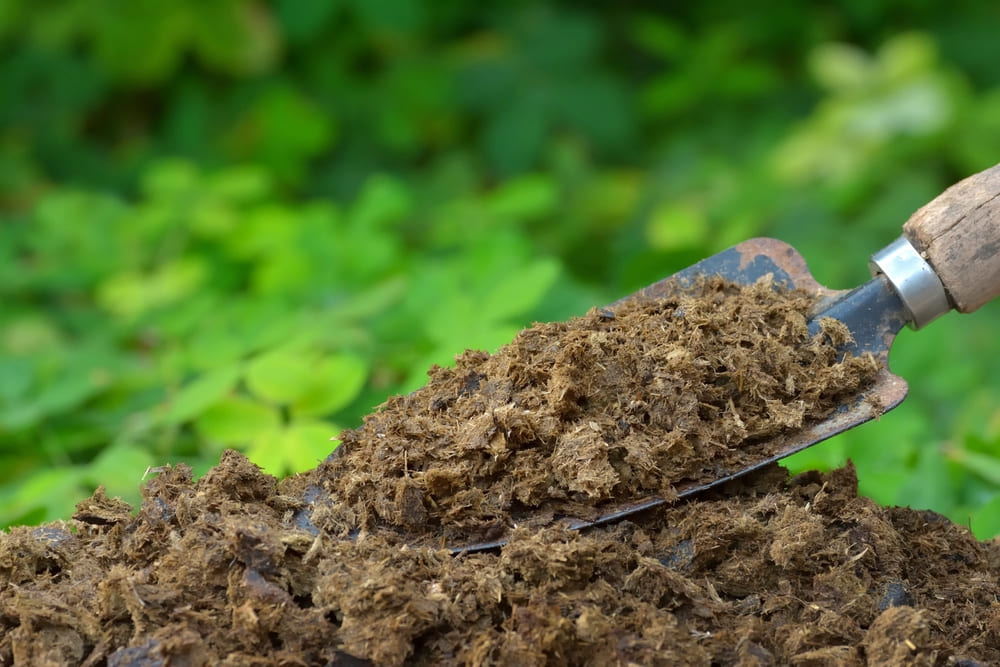Subscribe and save 17% with an annual subscription. Learn more.
Subscribe and save 17% with an annual subscription. Learn more.
Maintaining a lush, green lawn in Australia’s dry climate can be challenging, but it’s far from impossible. By adopting water-wise lawn care practices, you can keep your yard looking vibrant while conserving precious water resources. This guide will explore various techniques and strategies to achieve a healthy lawn without excessive water usage.

Australia’s climate varies widely across the country, but many regions experience hot, dry conditions, particularly during summer. Droughts and water restrictions are common, making it essential to implement water-efficient lawn care practices. Understanding the specific needs of your lawn and the local climate will help you develop a sustainable maintenance routine.
Selecting a drought-tolerant grass variety is the first step towards a water-efficient lawn. Some of the best grass types for Australia’s dry climate include:
Why It Thrives: Buffalo grass is known for its deep roots and excellent drought resistance. It can stay green with minimal watering and is hardy in various soil types.
Why It Thrives: Kikuyu grass is highly drought-tolerant and recovers quickly from dry periods. Its aggressive growth habit makes it a great choice for high-traffic areas.
Why It Thrives: Zoysia grass has a deep root system that allows it to withstand extended dry periods. It’s also resistant to pests and diseases, reducing the need for chemical treatments.

Watering your lawn correctly is crucial for conserving water and maintaining a healthy lawn. Here are some water-wise watering tips:
Why It Works: Watering deeply but less frequently encourages grass roots to grow deeper, making them more drought-resistant.
How to Do It: Water your lawn early in the morning to reduce evaporation. Aim to apply about 1 inch of water per week, allowing the soil to dry out between watering sessions.
Why It Works: Smart irrigation systems adjust watering schedules based on weather conditions, ensuring your lawn receives the right amount of water.
How to Do It: Install a smart irrigation controller that monitors soil moisture levels and weather forecasts. This system will automatically adjust watering times and durations to optimise water usage.
Why It Works: Drip irrigation and soaker hoses deliver water directly to the roots, minimising surface evaporation and runoff.
How to Do It: Lay soaker hoses or install drip irrigation lines along the base of your grass. Set the system to run early in the morning or late in the evening for maximum efficiency.
Healthy soil retains moisture better, reducing the need for frequent watering. Improving your soil and using mulch can significantly enhance your lawn’s water efficiency:
Why It Works: Aerating your soil reduces compaction, allowing water to penetrate deeper and reach the roots more effectively.
How to Do It: Use a lawn aerator to create small holes in the soil, particularly in high-traffic areas. Perform this task annually, ideally in the spring or autumn.
Why It Works: Adding organic matter to your soil improves its structure and water-holding capacity.
How to Do It: Spread a thin layer of compost or well-rotted manure over your lawn and lightly rake it in. This practice not only enhances water retention but also provides essential nutrients.
Why It Works: Mulching helps to retain soil moisture, suppress weeds, and reduce surface runoff.
How to Do It: Apply a layer of organic mulch, such as grass clippings or wood chips, around the base of your plants and trees. Avoid piling mulch directly against the stems to prevent rot.

Regular maintenance practices can significantly impact your lawn’s water efficiency. Here are some key tips:
Why It Works: Mowing at the correct height helps to reduce water loss and promote deeper root growth.
How to Do It: Set your mower blades higher to leave the grass about 3 inches tall. This height provides shade for the soil, reducing evaporation and promoting root development.
Why It Works: Proper fertilisation supports healthy growth and improves your lawn’s resilience to drought.
How to Do It: Use a slow-release fertiliser to provide steady nutrients over time. Avoid over-fertilising, as this can increase water demand and lead to nutrient runoff.
Why It Works: Weeds compete with your grass for water and nutrients, making your lawn less drought-tolerant.
How to Do It: Apply a pre-emergent herbicide in the spring to prevent weed seeds from germinating. For existing weeds, use a selective herbicide or remove them manually.
If maintaining a traditional lawn proves too challenging in your climate, consider alternative options that require less water:
Why It Works: Ground covers like creeping thyme, clover, and native grasses require less water and maintenance than traditional lawns.
How to Do It: Replace parts of your lawn with drought-tolerant ground covers. These plants can provide a green, lush appearance with minimal water requirements.
Why It Works: Artificial turf offers a green, low-maintenance alternative to natural grass, with no need for watering.
How to Do It: Install high-quality artificial turf in areas where water conservation is a priority. This option is particularly suitable for play areas and high-traffic zones.
Why It Works: Native plants are adapted to local climate conditions and typically require less water than non-native species.
How to Do It: Incorporate native plants into your landscape design. Group plants with similar water needs together to create water-efficient garden zones.
Adopting water-wise lawn care practices is essential for maintaining a beautiful, green lawn in Australia’s dry climate. By choosing drought-tolerant grass varieties, implementing efficient watering techniques, improving soil health, and practicing regular maintenance, you can achieve a lush, healthy lawn while conserving water. Additionally, considering alternative lawn options can further enhance your garden’s water efficiency. With these strategies in place, you can enjoy a vibrant, sustainable lawn year-round.
Investing time and effort into smart lawn care not only benefits your garden but also contributes to a more sustainable environment. Happy gardening!
We’re close to launching soon! Sign up on our home page to be updated of our upcoming launch.
Stay in the loop with special offers, lawn care tips, and more.


Wirri supports Trillion Trees Australia, the UN Sustainable Development Guide and Pledge 1% among other progressive initiatives.
Wirri acknowledges the Australian Aboriginal and Torres Strait Islander Peoples as the first inhabitants of this nation and the traditional custodians of the lands on which we live, work, and care for our environment. We recognize their continuing connection to land, water, and sky and pay our respects to Elders past, present, and emerging.